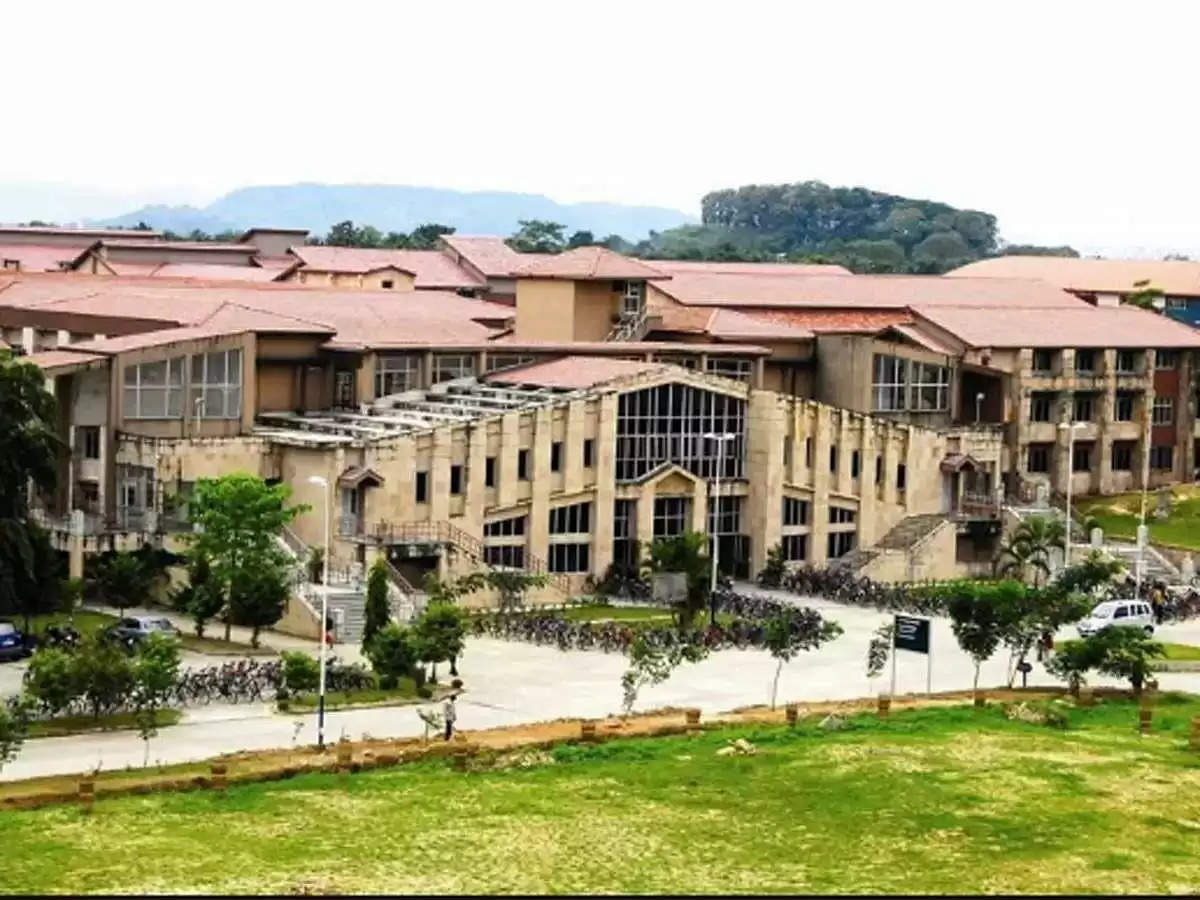IIT Guwahati develops systems to convert industrial waste into useful chemicals

GUWAHATI
Researchers at the Indian Institute of Technology (IIT), Guwahati, have formulated efficient “pincer” catalytic systems that transform industrial waste into valuable chemicals.
According to the research team, tiny amounts of these “pincer catalysts” repeatedly convert large amounts of industrial waste such as glycerol into lactic acid and hydrogen.
“Such catalysts also efficiently convert bioethanol, a low-energy-density fuel into high-energy-density butanol,” a statement issued by IIT Guwahati on Monday, said.
The conversion of valuable intermediates such as glycerol and ethanol, produced during the processing of biomass, into industrially useful chemicals has elicited interest worldwide.
“Glycerol, a by-product in biodiesel production, can be transformed into lactic acid and hydrogen, the former used extensively in food, pharmaceutical, cosmetic and polymer industries, and the latter in the energy sector.
Likewise, ethanol obtained from biomass could be converted into high-quality fuel,” the statement said.
The findings have recently appeared in the Royal Society of Chemistry journals, Chemical Communications and Catalysis Science and Technology.
The research team comprises Akshai Kumar Alape Seetharam (department of chemistry and Centre for Nanotechnology), Hemant Kumar Srivastava, currently at National Institute of Pharmaceutical Education and Research (NIPER) Guwahati, research scholars Kanu Das, Moumita Dutta, Siriyara Jagannatha Prathapa, Eileen Yasmin and Babulal Das.
“Pincer catalysts are complex molecules in which an organic moiety holds on tightly to a metal core, much like the claws of a crab”, explains Akshai Kumar.
The research team rationally designed and tested a large library of “pincer catalysts”.
“The experiments were carried out, under environmentally benign conditions without the use of hazardous reagents and solvents,” the statement said.
The results of the experiments have been validated by theoretical studies.
“Our computational studies have attributed the unprecedented activity of the pincer catalysts to the minimal crowding present at the metal centre and have enabled good understanding of the electronic and steric (crowding) factors that control reactivity,” says Srivastava
The research team plans to take these bench-scale reactions to the pilot-plant scale and ultimately to the commercial level with industrial collaboration.
The team believes that the work will have a global impact on the commercial production of lactic acid/biofuels and their multi-billion-dollar global market.
(Edited by Andre Kongri)

















